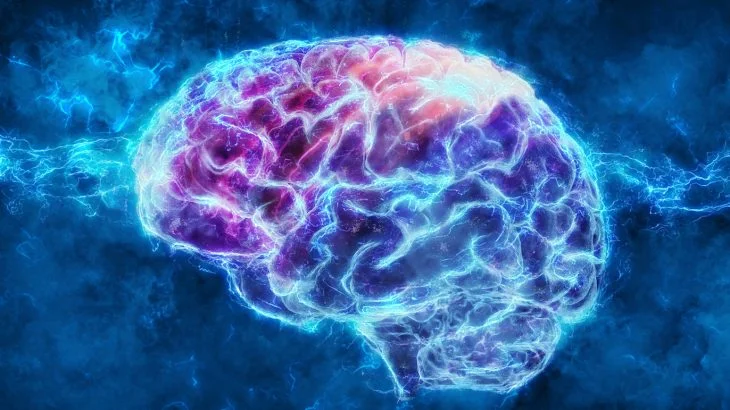Most people have incorrect assumptions about creativity. They think you either have it or you do not. Many people think new ideas just happen, serendipitously—but creativity is not mysterious. Everyone can (and should) become more creative.
“Discovery consists of looking at the same thing as everyone else and thinking something different. ”
Patterns
The main problem with creativity is how your brain operates. The human brain is a self-organizing system that converts incoming information to routine patterns and sequences. These patterns help you navigate the world with the least amount of energy.
The problem with pattern making is that the brain fills in gaps with close matches, focusing on speed over accuracy. Pattern making is an excellent system to allow you to function throughout the day, but is not very good for developing new, creative ideas. Patterns develop your assumptions and habits so you do not have to relearn everything everyday. The brain is designed to make sense of the environment by forming patterns of incoming information; it is not designed to identify new possibilities or form new combinations of unrelated ideas.
Habits are important to get us through life. For the majority of what we do, we do not need to be creative. Routine (or auto-pilot) allows us to get through each day with a minimal of thought – remember, the brain likes to conserve energy and quickly move forward. However, the more we do something, the harder it is to find new ways to achieve the same goal. These patterns help us navigate the world around us but make it difficult to develop new, creative ideas.
Patterns appear everywhere, even when none are intended. We run into trouble when we detect patterns that are not there. By random chance, apparent trends appear everywhere. Patterns control our thinking and become the rules on which we survive. Worse, as we succeed, we become locked into the “pattern of success” and avoid looking for new opportunities or alternatives. We avoid fixing what seems not broken.
“ The only person who likes change is a wet baby.”
Pattern recognition is vital for human survival and evolution. Millions of years of evolution has allowed us to cope with day-to-day problems to survive; the brain has evolved to filter out a lot of “noise”. Pattern recognition is essential to survival; the brain will even fill-in information when patterns are incomplete. Since the earliest times, human brains have taken in information from the environment quickly and seamlessly.
Survival
The information is processed, stored, and accessed later to adapt and function within the environment. For example, human ancestors needed to identify dangers on the plains of Africa. When a lion appeared, a tribesman immediately knew this was dangerous, and his body went into fight or flight mode. This “pattern” (i.e., seeing a lion in a field equates to danger) did not require deep thinking or analysis; it resulted in fast reaction for survival—speed was the priority over accuracy. The lion might have killed the tribesman if he had not run away. If the tribesman confused a tree for a lion (and fled), at least he was still alive; a mistake in reasoning was preferable to death. Humans still survive and operate within environments through pattern processing.
Patterns are processed and coded within human brains to help make decisions from past experiences and habits. Pattern processing helps you recognize things and survive in your environment (e.g., find food, identify landmarks, recognize friend or foe). Pattern recognition helps you walk across crowded intersections, helps you get to work every day, and helps you find your car in a crowded parking lot. These patterns create habits that allow you to get through life without having to think about everything, using the least amount of neural energy. There is no conscious effort to think: just act and go about your day.
Conclusion
Your brain continuously processes patterns to find easy ways to get things done; evolution has resulted in a brain built for efficiency, not innovation. The problem with your brain operating on patterns is that it makes creativity difficult. The brain tries to maintain habits and avoids moving outside of known patterns. You need to proactively expand your perspectives to develop new ideas. You must overcome routine and habit to create a new future; exploring new perspectives can lead to new and better ways to create new products, engage with customers, and develop engaging product education seminars.
Creative thinking takes purposeful effort. The tools and techniques within this section will allow you to create new ideas quickly and easily. Before discussing several creative ideation tools, let us review several myths about creativity, especially now that you understand how your brain prefers patterns to creating new ideas.



